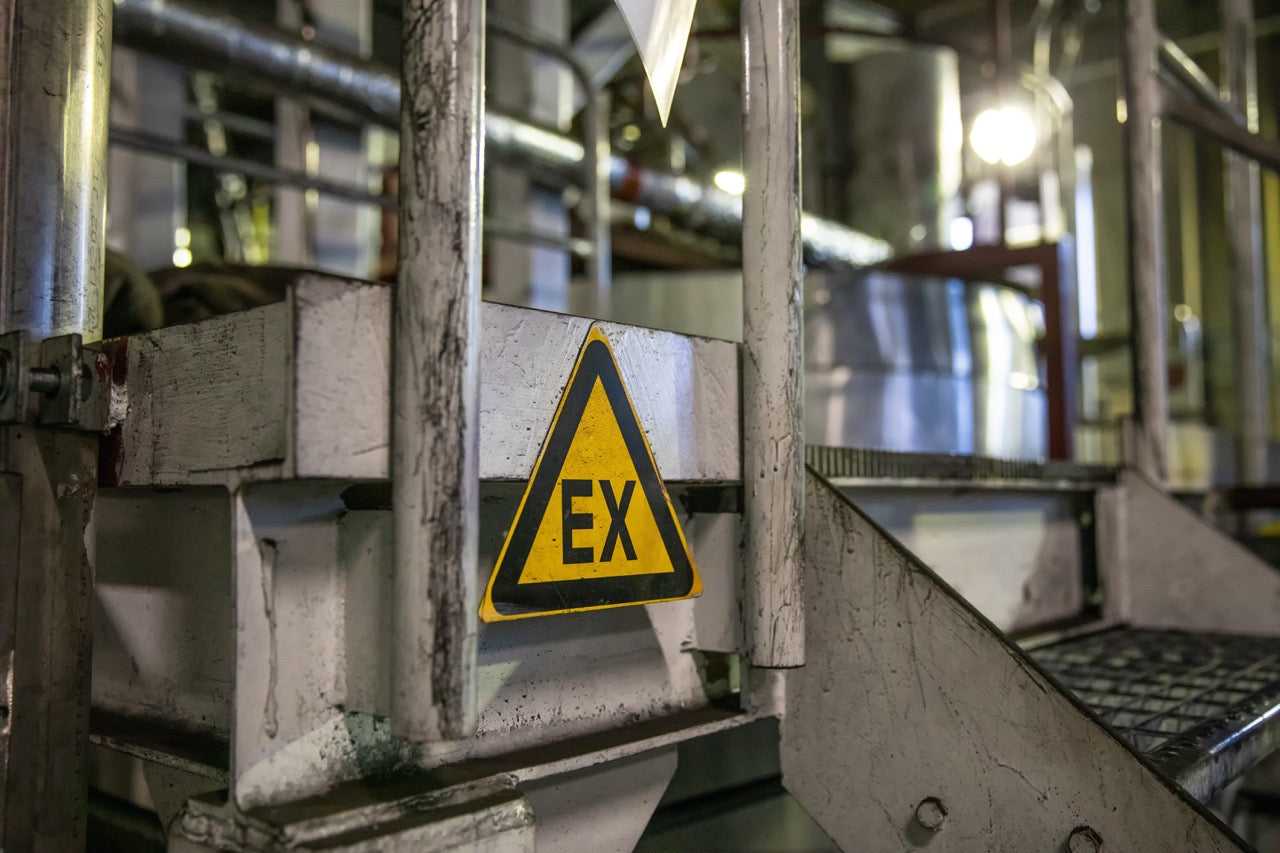Introduction
If you're venturing into the world of hazardous environments or dealing with explosive atmospheres, then understanding ATEX ratings and European guidelines is nothing short of essential. Not to make it sound daunting, but let's not beat around the bush—failure to comply can be quite risky business, legally and practically. In this article, we aim to demystify the concept of ATEX, dive into the nitty-gritty of its classifications, and guide you through the European regulations that surround it.
What is ATEX?
ATEX is an acronym that stands for "Atmosphères Explosibles." It's a regulatory framework devised by the European Union to ensure the safety of people and equipment operating in potentially explosive environments. The guidelines are laid out in two main EU directives, which, trust me, you'll want to get well-acquainted with:
1. ATEX 99/92/EC: Also known as the ATEX Workplace Directive, this primarily focuses on the safety of workers potentially at risk from explosive atmospheres.
2. ATEX 2014/34/EU: Previously known as ATEX 94/9/EC, this is the ATEX Equipment Directive, and it concentrates on the equipment and protective systems intended for use in potentially explosive atmospheres.
ATEX Zone Classification
Understanding the zones is a piece of cake once you know the lingo. Basically, these zones describe the frequency and duration of the occurrence of an explosive atmosphere.
For Gases, Vapours and Mists:
Zone 0: A place in which an explosive atmosphere is present continuously or for long periods.
Zone 1: An area in which an explosive atmosphere is likely to occur occasionally in normal operation.
Zone 2: An area in which an explosive atmosphere is not likely to occur, and if it does, it will exist only for a short period.
For Dusts:
Zone 20: A place in which an explosive atmosphere in the form of a cloud of combustible dust is present continuously or for long periods.
Zone 21: An area in which an explosive atmosphere in the form of a cloud of combustible dust is likely to occur in normal operation occasionally.
Zone 22: An area in which an explosive atmosphere in the form of a cloud of combustible dust is not likely to occur, and if it does occur, will only exist for a short period.
ATEX Equipment Group and Categories
ATEX equipment is grouped into two groups and various categories depending on where they're used:
Group 1: Mining
Category M1: Equipment that remains functional even when faced with an explosive atmosphere.
Category M2: Equipment that gets de-energised in an explosive atmosphere.
Group 2: Non-mining
Category 1: Equipment intended for Zone 0, Zone 1, or Zone 20, 21.
Category 2: Equipment intended for Zone 1 or Zone 21.
Category 3: Equipment intended for Zone 2 or Zone 22.
European Guidelines
Compliance with ATEX regulations is mandatory for organisations operating within the EU. Failing to adhere can result in stiff penalties, and let's be frank, nobody wants a run-in with the law, right? Furthermore, the ATEX directives require employers to:
1. Carry out a risk assessment of any explosive atmospheres that may be present.
2. Eliminate or reduce the identified risks as much as possible.
3. Classify hazardous areas into appropriate zones.
4. Use equipment that meets the required ATEX category within each zone.
5. Maintain records and ensure regular audits and inspections.
Conclusion
Understanding ATEX ratings and European guidelines might seem like a hard nut to crack, but it's absolutely critical for ensuring safety in explosive atmospheres. So, get your head around these directives and classifications, and you'll be on solid ground. Stay safe, and remember—when it comes to ATEX, ignorance is definitely not bliss.
By acquainting yourself with ATEX standards and European guidelines, you're not just ticking off a compliance checklist; you're investing in safety. And that, mates, is priceless.
Hope this article has answered your questions and shed some light on the somewhat daunting world of ATEX ratings and European guidelines. For more technical insights, stay tuned!
*Disclaimer: The information provided in this blog is intended for educational purposes and should not be considered legal advice. For specific guidance on ATEX compliance, consult with qualified professionals.*

